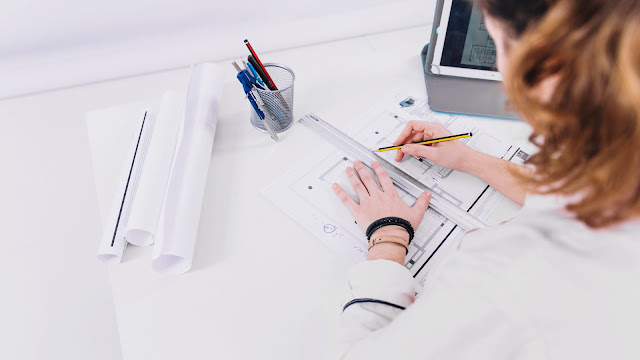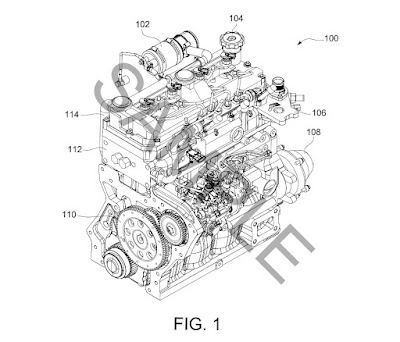Patent Drawings | Differences Between Utility and Design Patents | InventionIP

Introduction to Patent Drawings Patent drawings are visual representations that appear alongside patent applications. They are used to demonstrate the features, structure, and functionality of an innovation. In essence, patent drawings provide a clear and detailed portrayal of the invention, which helps patent examiners and potential licensees grasp its technical elements. Types of Patent Drawings A. Utility Patent Drawings Utility patent drawings are technical images that demonstrate how an invention operates. They emphasize the invention's functional characteristics, describing its components, operation, and interconnections. Utility patent drawings are crucial for providing clarity on the usefulness of the invention, allowing patent examiners to appropriately assess its novelty and ingenuity. B. Design Patent Drawings Design patent drawings, on the other hand, emphasize the aesthetic appeal of an invention. In contrast to utility patent drawings, which focus on functioning, desi


